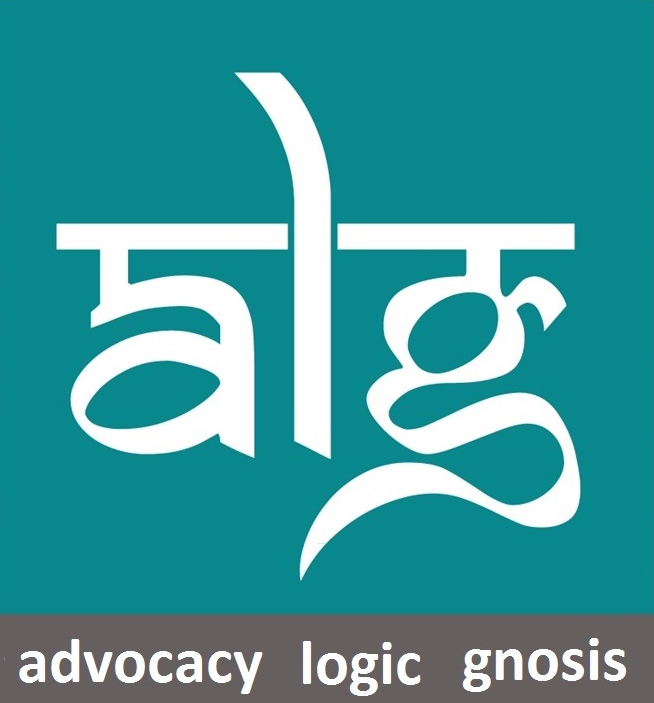What's New
Comment: Are Automated Copyright Takedown Mechanisms Being Used To Silence Critique
Author: Intern - Kashish Saxena
The sheer volume of uploads and activity on social media platforms necessitates real-time action against infringers. To counter this, social media platforms employ methods like automatic takedowns for copyright violations. Pertinent concerns arise as to the misuse of such mechanisms to stifle critique or dissent by powerful entities. However, the author believes that automated copyright takedown mechanisms do not silence critique or dissent and are mere mechanisms for enforcing copyright in a rapidly moving digital space.
In digital spaces, enforcement mechanisms cannot compete with the velocity of traffic present. The general criticism that these takedowns are aimed at dissent or satire assumes that all instances of criticism are lawful. Exceptions such as fair use are a means of defence, a shield rather than enforceable rights. Thus, if a video or material being shared contains copyrighted material beyond the contours of fair use, the holder has the right to seek immediate removal. What, in general understanding, seems like suppression may actually be legitimate claims of copyright infringement. Further, these platforms provide redressal mechanisms, in the form of counter-notifications in case of invalid claims. To protect the rights of copyright holders in such a scenario, while imperfect, these mechanisms provide the only feasible solution.
Moreover, there is a growing ecosystem of checks and balances built into these systems. Most platforms now allow counter-notices, appeals, and in many cases, revenue-sharing options where original content and derivative critique coexist. The burden is not as high, and small creators have had increasing success challenging wrongful takedowns. To allege systemic misuse without engaging with available remedies dilutes the credibility of the free speech argument. To confuse copyright enforcement with censorship also ignores the realities faced by smaller creators and rights-holders. Creators like designers, independent filmmakers, and musicians rely on automated takedowns to guard against large-scale, commercial misuse of their work.
While misuse cannot be ruled out completely in any system, the digital reality demands a solution that can keep pace with its rapid evolution. Automatic enforcement is thus the complementary pair to wide-scale infringement. If we weaken these systems in the name of protecting critics, it would disproportionately harm the very creative economy that copyright law is meant to sustain.


